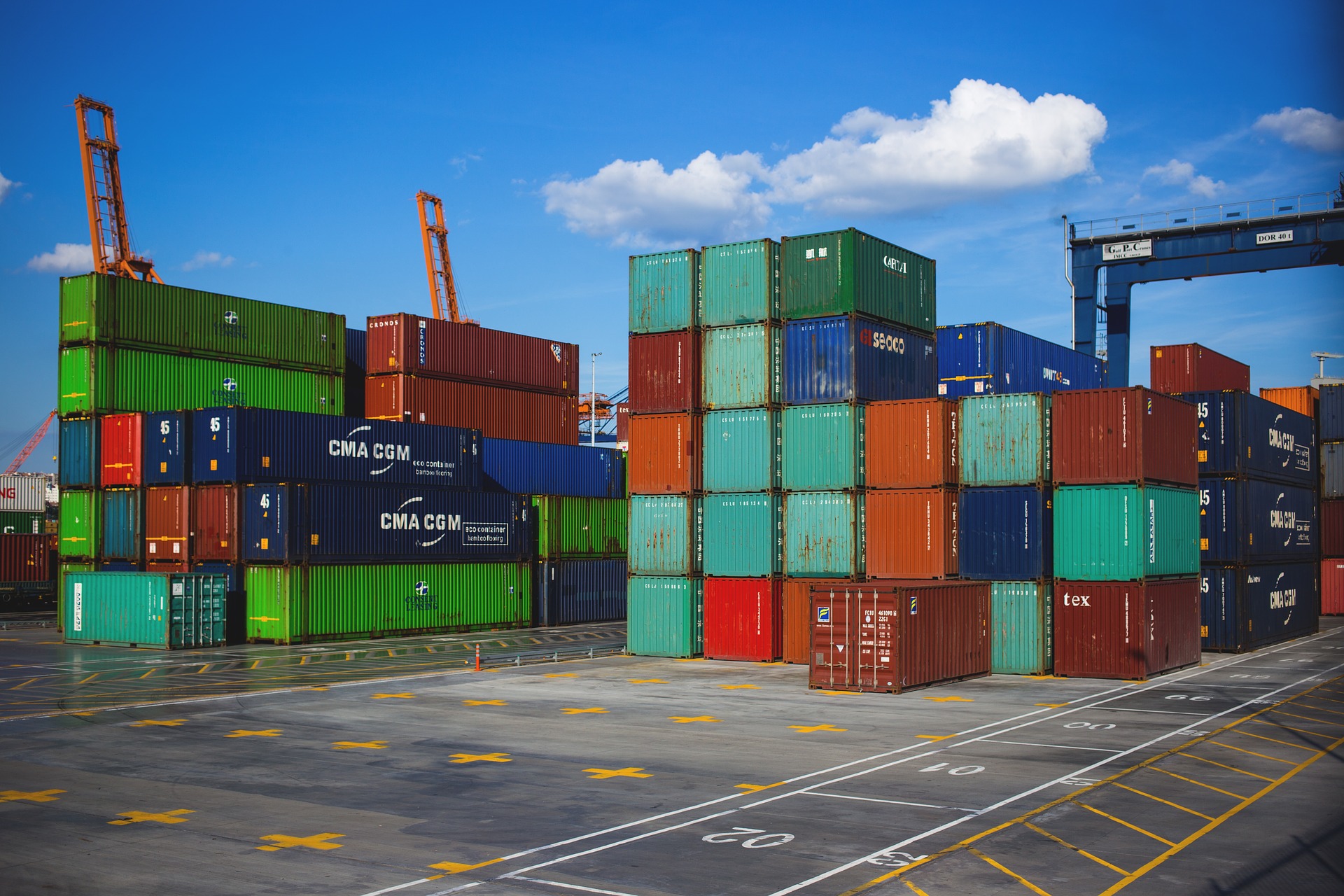One of the major reasons organizations adopt DevOps practices is to accelerate delivery of software to production. This includes deploying more frequently and reducing lead time. However, many organizations fail to include quality components in their practices. This leads to organizations delivering code faster, but unfortunately, that code is just poor. Continuous deployment without quality […]










